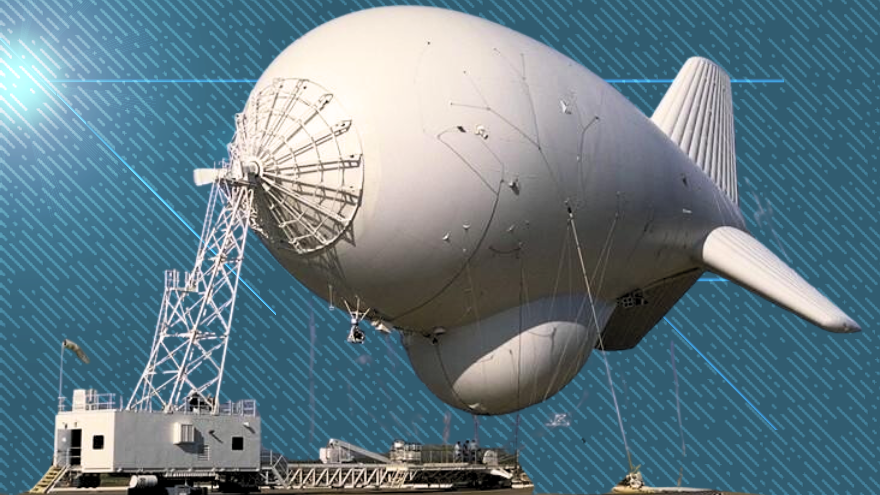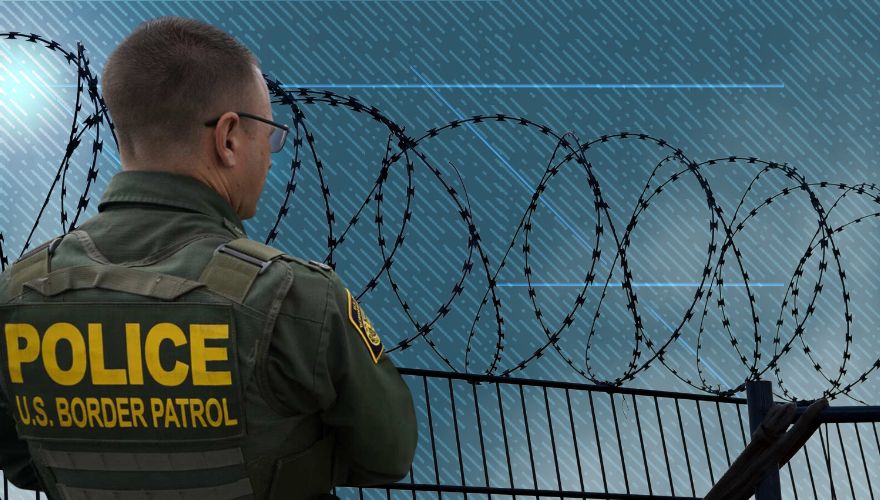U.S. Customs and Border Protection (CBP) in southern New Mexico will use an aerostat platform, a tethered blimp equipped with high-powered cameras, to provide continuous surveillance from an altitude of up to 15,000 feet. This system will allow CBP to maintain a wide field of view 24 hours a day. “El Paso Sector is deploying an aerostat just west of the Port of Santa Teresa, New Mexico in September 2024 to monitor the area of U.S.-Mexico border in that zone,” CBP said in a statement about the stepped-up enforcement. The agency described the move as part of a broader effort to address migrant smuggling and fatalities in the region. So far this year, border authorities have recovered the bodies of 168 migrants who died after becoming lost or were abandoned by smugglers in the harsh desert conditions. “This area also has a significant number of human smuggling related deaths and rescues as the area’s harsh desert conditions and remote terrain present a dangerous risk to migrants who are often abandoned in the area by criminal smugglers,” officials added.Federal authorities are set to deploy high-tech surveillance blimps to monitor the southern U.S. border with Mexico, enhancing efforts to manage one of the country's busiest migrant smuggling corridors.
A new high-tech surveillance blimp has arrived at the U.S. Border Patrol’s Santa Teresa Station in southern New Mexico.https://t.co/ftBAyz3uZw The decision to deploy the aerostat at the Santa Teresa Station follows the Department of Homeland Security's (DHS) recent announcement that it will phase out its surveillance balloon program. U.S. Rep. Henry Cuellar (D-Texas) told Border Report that the current aerostat program could be acquiring up to a dozen newer models of the surveillance blimp systems for border enforcement. "The Department of Defense has some newer aerostats that they're willing to transfer," Cuellar told the outlet on Sept. 3. "I'm a big believer of aerostats, because, you know, you can cover, you know, depending on the equipment, radar can cover 75 miles," he said. "Cameras can cover 25 miles. So depending on the equipment you have there, they can be very effective. 'Problem is that they are subject to weather.” In 2022, the Pentagon allocated approximately $52 million to operate and maintain observation blimps along the southern border.
— Border Report (@BorderReportcom) September 8, 2024

